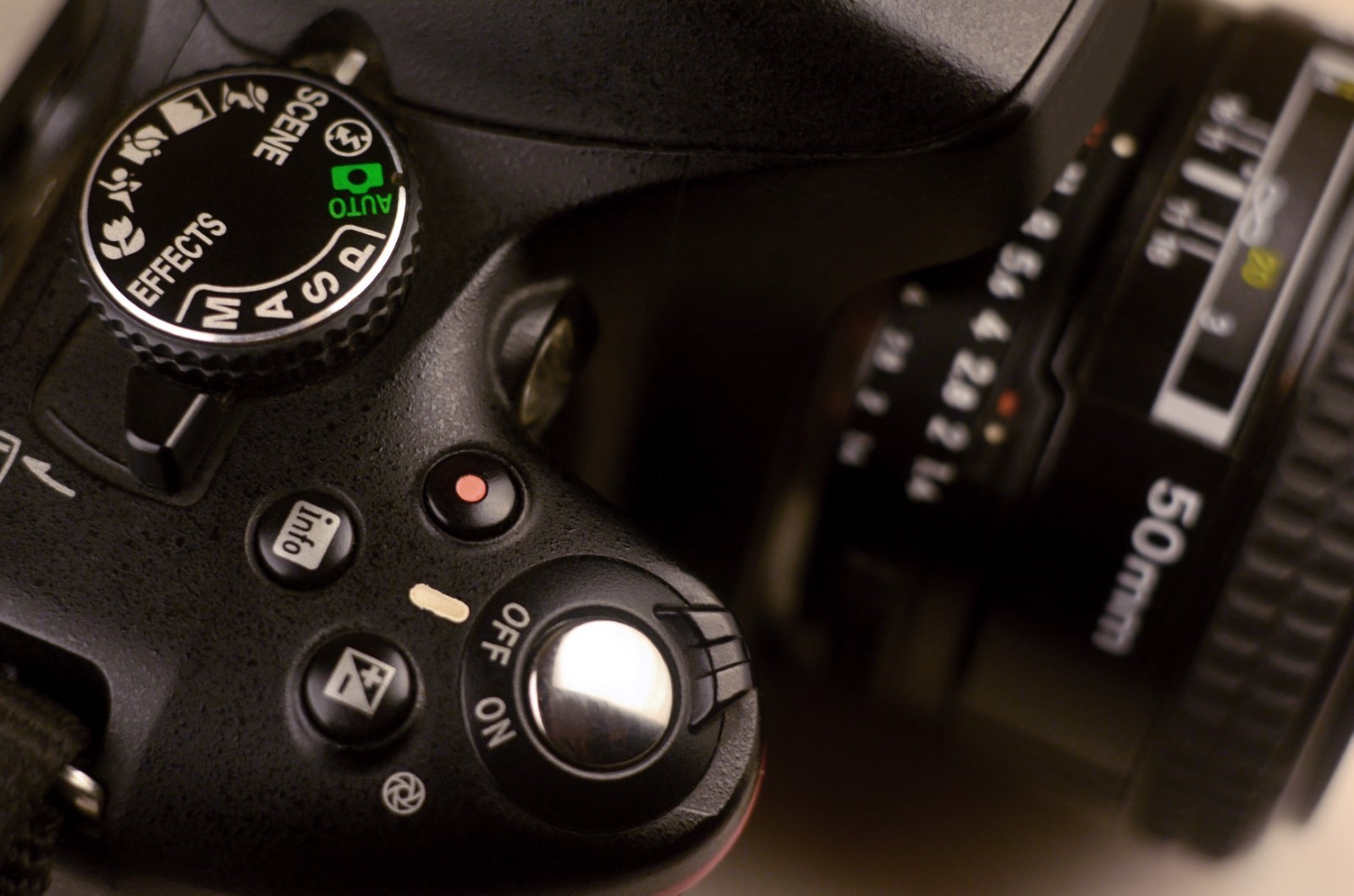Quick Guide: Exploring DSLR Camera Controls
This blog post may contain affiliate links. As an Amazon Associate I earn from qualifying purchases.
DSLR camera’s offer a wide range of controls and features that allow for a high degree of creativity and flexibility when capturing images. In this blog post, we will take a look at some of the most common controls that you are likely to find on most DSLR cameras.
Before we get started, you should be aware that…
- Not every DSLR camera will feature every single one of these controls, some might also use different, brand-specific names for their controls.
- While this guide is intended to help you make the best use of your DSLR camera, many of these settings have equivalents on cheaper digital cameras or on your phone’s camera.
DSLR Camera Controls
- Shutter button
The shutter button is a physical button on a camera that, when pressed, triggers the camera to take a photo. It is typically found on the top of the camera and is often surrounded by a control dial or lever that is used to adjust the camera’s settings. When the button is pressed, the camera’s shutter opens for a brief period, allowing light to enter the camera and capture an image. - Mode dial
The mode dial is a dial on the camera that allows the user to switch between different shooting modes. These modes normally include auto, manual, and semi-automatic modes, and others designed for specific types of photography such as a mode for landscapes, or a mode for food/flowers photography. - ISO button
The ISO button is used to adjust the camera’s sensitivity to light. The higher the ISO setting, the more sensitive the camera will be to light. This can be useful in low light situations, such as when taking photos indoors or at night, but can also result in more digital noise or grain in the image. - Aperture ring
The aperture ring is a physical ring on the camera lens that controls the aperture of the lens. The aperture is the opening in the lens that allows light to enter the camera. A larger aperture (smaller f-stop) allows more light in, while a smaller aperture (larger f-stop) allows less light in. This can be used to control the depth of field in an image, which refers to how much of the image is in focus. - Shutter speed dial
The shutter speed dial is a physical dial on the camera that controls the shutter speed. The shutter speed is the amount of time that the camera’s sensor is exposed to light. A slower shutter speed can be used to capture motion blur in an image, such as when capturing a moving vehicle, while a faster shutter speed can be used to freeze motion, such as when capturing a fast-moving subject like a bird in flight. - Focus mode switch
The focus mode switch is a physical switch on the camera that changes the focus mode of the camera. These modes include single-shot, continuous, and manual focus. Single-shot focus means that the camera will focus on a subject once and will not adjust focus if the subject moves. Continuous focus means that the camera will adjust focus as the subject moves. Manual focus means that the user will have to manually adjust the focus using the lens. - White balance button
The white balance button is a button on the camera that adjusts the camera’s white balance, which controls the colour temperature of the image. This can be used to correct colour cast in an image or to create a specific look. For example, if an image has a blue colour cast, the white balance can be adjusted to correct this and make the image appear more neutral. - Playback button
The playback button is a button on the camera that, when pressed, allows the user to view the images that have been captured on the camera’s memory card. This can be used to review and select images for editing or sharing. - Menu button
The menu button is a button on the camera that, when pressed, allows the user to access the camera’s menu. This menu has additional settings and options that can be adjusted, such as image quality, file format, and image stabilisation. The menu can also be used to access features such as time-lapse, panorama, and burst mode.
These are some of the most common controls that you are likely to find on most DSLR cameras. Understanding how each of these controls work and how they can be used to enhance your photography can help you take your skills to the next level.

